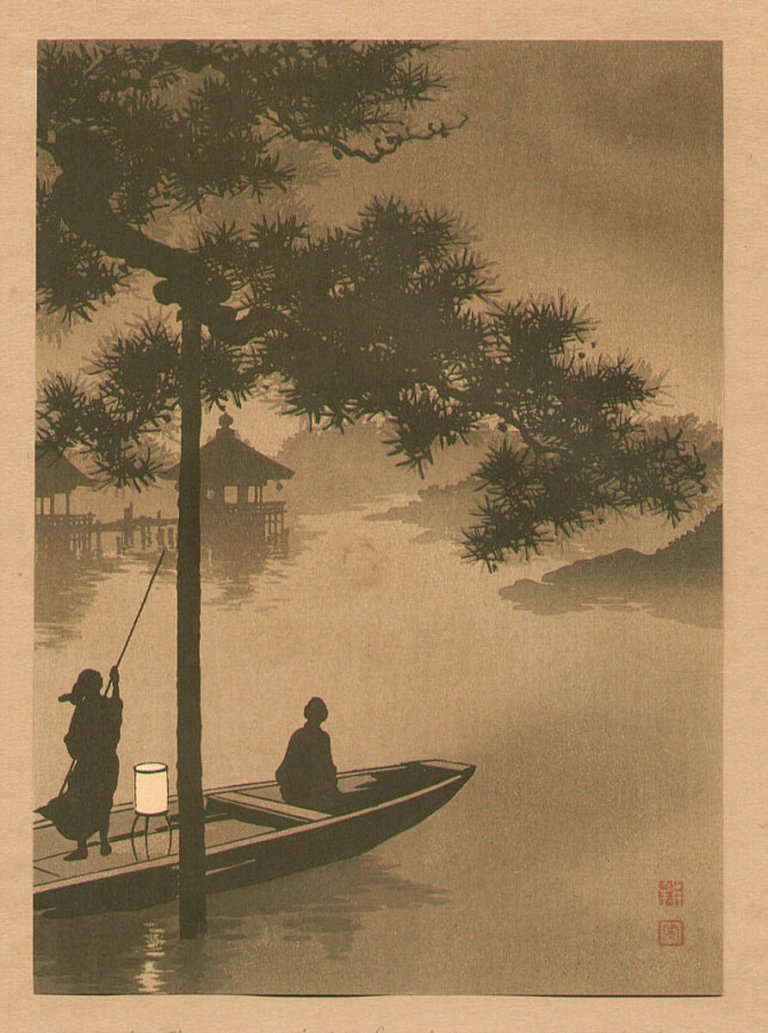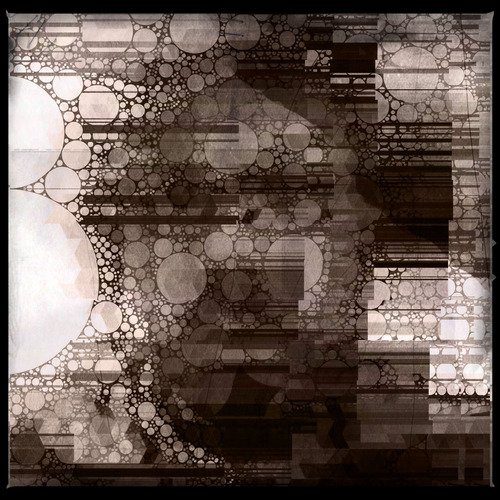Sometimes when we get hazy days in spring it gives a strange feeling to the day. Not necessarily a bad feeling, but it can make us feel a little bit more isolated and push our thoughts in certain directions. Such was the case for Kitō on a spring long ago. He wrote:
yūgasumi omoeba hedatsu mukashi kana
thinking of the past
how far away it seems
—Kitō


Often when we try to think back to the past, it is a little hazy. Some things we can recall pretty clearly, but most are more unclear, as if so far off that our vision of them is no longer clear. This is echoed quite nicely by the natural mist or haze that often appears in spring mornings and evenings. Just as with our hazy thoughts, with the fog we can't be entirely sure what is there, if anything.
In haiku, mist itself symbolizes impermanence. The evening mist in particular evokes a sense of nostalgia. I'm not sure how old Kitō was when he wrote this, but it has the feeling of an older man looking back on his life.
Kitō was a student of Buson. As such, he followed his master's practice of incorporated visual elements into his haiku, making them very picturesque. With this, we can imagine a classical Chinese image of a sage staring off into a mist shrouded landscape, at something visible in the painting but only hinted at.
Mist (kasumi) is a season word for all of spring.
❦
 |
David LaSpina is an American photographer and translator lost in Japan, trying to capture the beauty of this country one photo at a time and searching for the perfect haiku. He blogs here and at laspina.org. Write him on Twitter or Mastodon. |
That is, me! If you like this translation, feel free to use it. Just credit me. Also link here if you can. ↩

